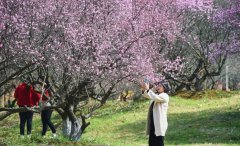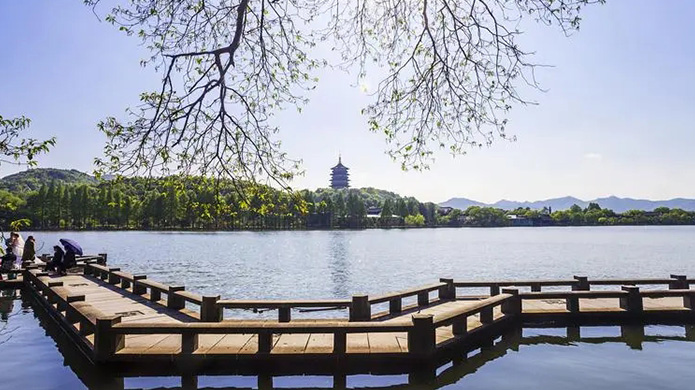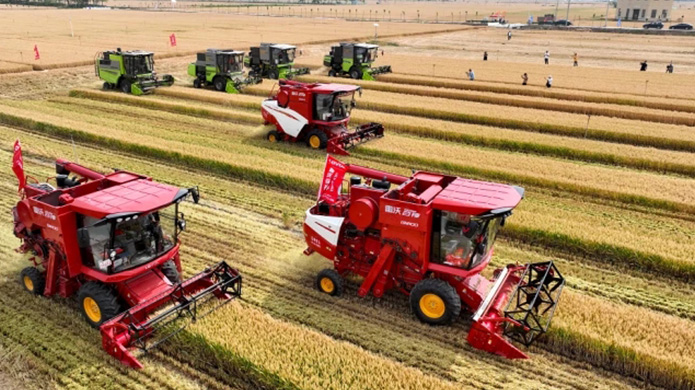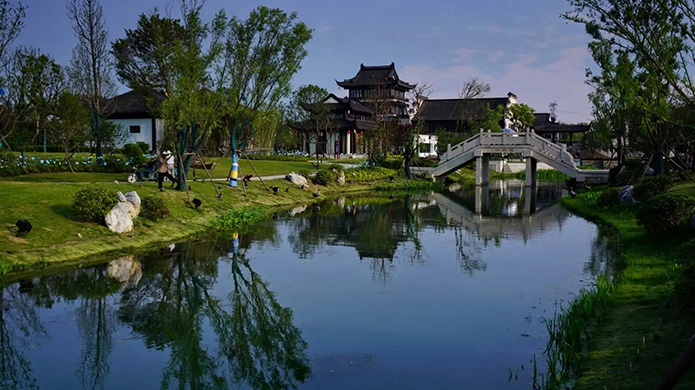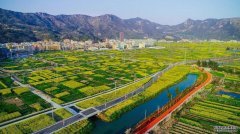农药市场惊现“末日狂欢”:原药疯涨、代工甩货,谁在收割最后的暴利? ——深度调查“一品一证”前夕的行业震荡与人性博弈
- 网络
- 浏览
- 2025-03-16 21:21
农药市场惊现“末日狂欢”:原药疯涨、代工甩货,谁在收割最后的暴利?
——深度调查“一品一证”前夕的行业震荡与人性博弈
文|本报记者 唐宇
日期:2025年3月16日
于山东荷泽
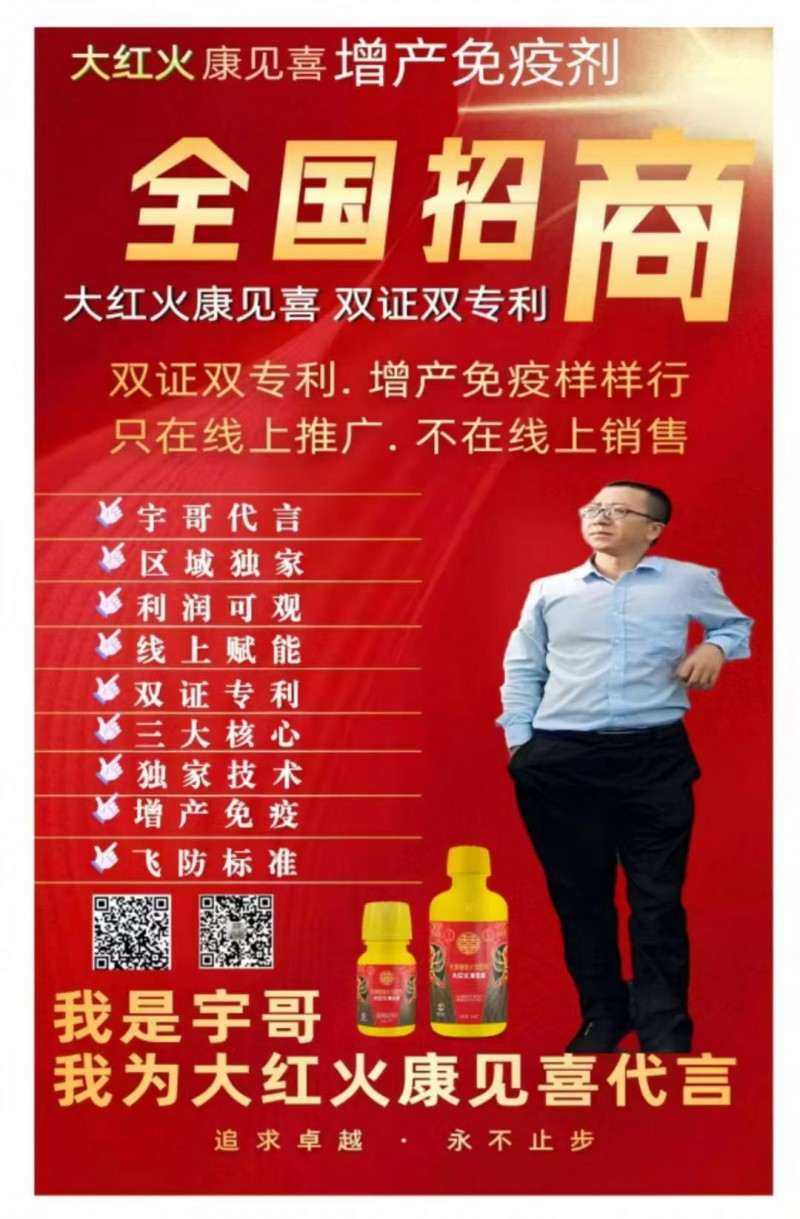
原药价格“过山车”与代工产业链崩盘:一场蓄谋已久的市场绞杀
2025年开年,中国农药市场正经历一场诡异的“冰火两重天”。一边是环保压力与原材料成本暴涨推动原药价格飙升,草铵膦、阿维菌素等核心原药同比涨幅超50%;另一边,大量贴牌代工厂却在疯狂甩货,某华北代工厂甚至将吡虫啉制剂以低于成本价30%抛售。“现在不甩,等‘一品一证’落地,这些货就是废纸!”该厂负责人直言不讳。
暴利与恐慌背后的产业链逻辑
原药涨价本应传导至终端,但现实却是“渠道堰塞湖”。数据显示,截至2024年底,全国农药登记证数量超4.5万个,其中60%为中小型企业通过“借证”“贴牌”方式运作。这些企业长期依赖低价竞争,既无原药储备,也无核心证件。当原药价格持续走高,代工厂为回笼资金只能割肉清仓,导致市场出现“原药涨、制剂跌”的畸形现象。
二、受害者画像:被时代巨轮碾碎的中小玩家
1. 代工厂与贴牌商:最后的“断腕求生”
河北某代工厂老板李明(化名)的仓库里堆满印着20多个品牌的除草剂,这些产品共用同一张登记证。“以前靠贴牌赚快钱,现在政策要封死这条路,只能赔本甩卖。”他算了一笔账:若“一品一证”落地,其手中80%的库存将因商标不符沦为非法产品。类似案例遍布山东、江苏等农药大省,行业预估超2000家代工厂面临倒闭。
2. 农资经销商:夹缝中的“背锅侠”
“进货价一天一变,农户却只认低价!”河南经销商王海抱怨,原药涨价本应推高制剂价格,但代工厂甩货打乱市场节奏。部分零售商为清库存,甚至将合规产品与贴牌货捆绑销售,进一步加剧信任危机。更残酷的是,随着政策落地,经销商若继续销售违规产品,将面临最高20万元罚款。
3. 农户:隐形代价的最终承担者
短期看,低价甩货似乎利好农户,但长期隐患巨大。山东寿光菜农张建国发现,去年购买的廉价杀虫剂效果骤降,“害虫抗药性越来越强,打三遍都不管用!”专家指出,这正是同质化低效产品泛滥的恶果——我国70%登记农药品种已沿用超15年,抗药性危机倒逼用药量增加,形成“毒性升级—环境恶化”的死循环。
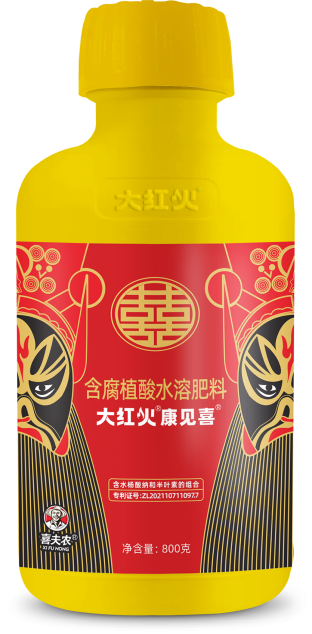
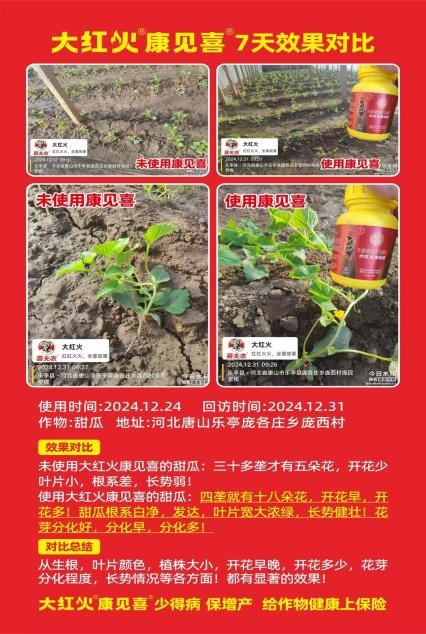
三、原证厂家的“暗战”:政策红利下的王者崛起
1. 证件壁垒构筑护城河
“手里有证,心里不慌。”美邦股份(SH605033)内部人士透露,其持有的465个农药登记证已成稀缺资源。政策实施后,头部企业可通过授权费、品牌溢价等方式收割市场份额,预估行业TOP10企业市占率将从35%跃升至60%。
2. 并购潮开启行业寡头时代
诺普信(SZ002215)、海利尔(SH603639)等龙头企业已启动“抄底”计划,低价收购中小企业的登记证与渠道网络。某券商研报预测,2025年农药行业并购金额将突破百亿,较2024年增长300%。
3. 研发驱动下的生态重构
“一品一证”迫使企业从“多而杂”转向“少而精”。中旗股份(SZ300575)透露,其研发投入占比已从5%提升至12%,聚焦创制新药与生物农药。这种转型不仅契合国家减量增效政策,更带来毛利率超40%的高端市场空间。
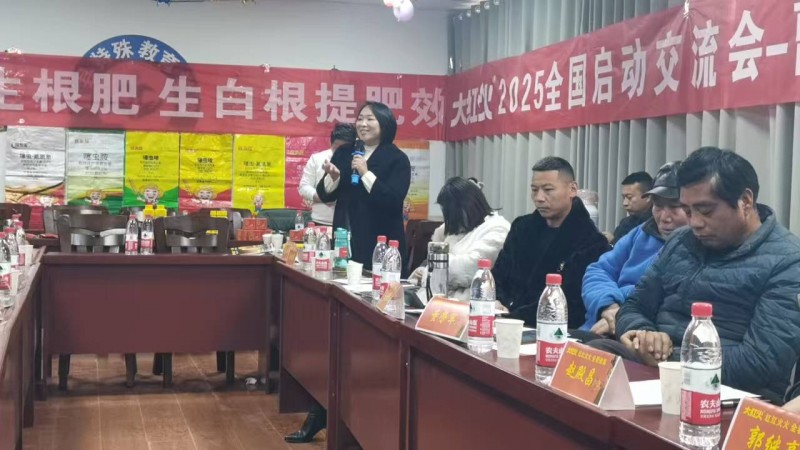
四、农资门店的生死转型:从“杂货铺”到“服务商”
1. 短痛:断货危机倒逼选品革命
“以前选产品看利润,现在看证件!”江苏农资商赵敏坦言,政策实施后,门店SKU预计减少70%,必须砍掉杂牌,聚焦诺普信、海利尔等头部品牌。短期可能损失部分客户,但长期可规避法律风险,重建农户信任。
2. 长赢:技术服务成核心竞争力
湖南某连锁农服中心通过“卖药+植保”模式实现逆势增长。其总经理算了一笔账:单纯销售农药的毛利已降至8%,而搭配飞防、土壤检测等服务后,综合毛利可达25%。这揭示行业本质——农资竞争终将回归“价值战”而非“价格战”。
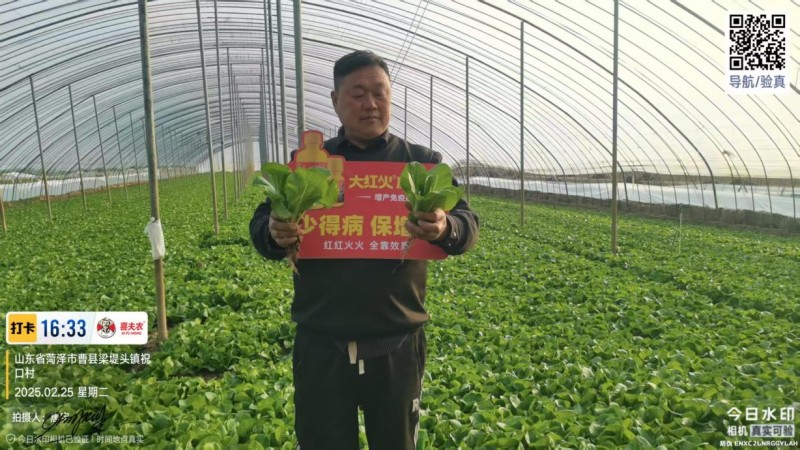
五、行业未来:凛冬已至,春山可望
这场震荡的本质,是一场由国家意志主导的产业升级。环保、质量、创新取代低价、山寨、投机,成为行业新坐标。阵痛中,有人看到绝望,有人看见机遇:预计至2025年底,农药生产企业将从1920家锐减至1200家以下,但头部企业利润将增长50%。
历史的车轮从不怜悯落后者。当“一品一证”彻底终结灰色暴利时代,唯有手握证件、技术、服务的玩家,才能在这场行业大考中拿到通往未来的门票。
(应受访者要求,部分人物为化名)
**数据来源**:农业农村部、中国农药信息网、上市公司年报
**专家顾问**:中国农业科学院农药研究所政策研究室主任 陈立新
**免责声明**:本文仅代表作者观点,不构成投资建议。
**本文系《农业晚报》唐宇 独家报道,转载需授权**
Pesticide market surprise "doomsday carnival": raw drug soaring, OEM dumping goods, who in the harvest of the final profits?
—— In-depth investigation of "one product and one certificate" on the eve of the industry shock and human nature game
Article | our reporter Tang Yu
Date: March 16,2025
1、Raw drug price "roller coaster" and OEM industry chain collapse: a long-planned market strangulation
At the beginning of 2025, China's pesticide market is experiencing a strange "ice and fire". On the one hand, the pressure of environmental protection and the skyrocketing cost of raw materials drove the price of active drugs, and the core active drugs such as glyphosate and avermectin increased by more than 50% year on year. On the other hand, a large number of licensed OEM factories are dumping goods, and a North China OEM even sold imidacloprid preparations at 30% below the cost price."Now do not shake, and so on 'a product a card' landing, these goods are waste paper!"The plant official was blunt.
Proffall profits and panic behind the industrial chain logic
The price increase of active medicine should be transmitted to the terminal, but the reality is the "channel barrier lake". Data show that by the end of 2024, the number of pesticide registration certificates nationwide had exceeded 45,000, of which 60% were small and medium-sized enterprises through "borrowing" and "labeling". These enterprises have relied on low-price competition for a long time, with neither active drug reserves nor core documents. When the price of active drug continues to rise, the OEM can only cut the meat to clear the withdrawal of funds, leading to the abnormal phenomenon of "active drug rise and preparation fall" in the market.
2. Victim portrait: small and medium-sized players crushed by the great ship of The Times
1. OEM and OEM: the last "survival"
Li Ming (pseudonym), a OEM owner in Hebei, is stocked with more than 20 brands of herbicides, which share the same registration certificate."In the past to make quick money, now the policy to seal this road, can only sell at a loss."He calculated an account: if" one product one certificate " landing, its hands of 80% of the inventory will become illegal products because of trademark inconsistency. Similar cases are spread throughout Shandong, Jiangsu and other major pesticide provinces, and the industry is estimated that more than 2,000 OEM factories are facing closure.
2. Agricultural materials dealers: the "back pot man" in the crevice
"The purchase price changes day by day, but the farmers only recognize low prices!"Wang Hai, a dealer in Henan, complained that the price of raw drugs should have pushed up the price of preparations, but the foundry disrupted the market. In order to clear inventory, some retailers even bundle compliant products with branded goods, further exacerbating the trust crisis. What's more, with the implementation of the policy, dealers will face a fine of up to 200,000 yuan if they continue to sell illegal products.
3. Farmers: the ultimate bearer of the invisible costs
In the short term, low prices seems to be good for farmers, but long-term hidden dangers are huge. Zhang Jianguo, a vegetable farmer in Shouguang, Shandong province, found that the effect of the cheap insecticides he bought last year had plummeted. " Pests are becoming more and more resistant, and playing three times is useless!"Experts pointed out that this is the result of the spread of homogeneous and inefficient products —— 70% of registered pesticide varieties in China have been used for more than 15 years, and the drug resistance crisis forced the increase of drug use, forming an endless cycle of" toxicity escalation-environmental deterioration ".
3. The "dark war" of the original certificate manufacturers: the rise of the king under the policy dividend
1. Build a moat
"I don't panic."Smith Barney Smith Barney (SH605033) insiders said its 465 pesticide registration certificates have become a scarce resource. After the implementation of the policy, the top enterprises can harvest the market share through authorization fee, brand premium and other ways, and it is estimated that the market share of the TOP10 enterprises in the industry will jump from 35% to 60%.
2. The wave of mergers and acquisitions has opened the era of industry oligarchy
Noopp Letter (SZ002215), Hearrier (SH603639) and other leading enterprises have launched a "bottom-hunting" plan to acquire the registration certificate and channel network of small and medium-sized enterprises at a low price. A brokerage research report predicted that the amount of mergers and acquisitions in the pesticide industry in 2025 will exceed 10 billion yuan, an increase of 300% compared with 2024.
3. Ecological reconstruction driven by R & D
"One product and one certificate" forces the enterprise from "more and miscellaneous" to "few but fine". Zhongqi Stock (SZ300575) revealed that its R & D investment ratio has increased from 5% to 12%, focusing on the development of new drugs and biopesticides. This transformation not only fits the national policy of reducing quantity and increasing efficiency, but also brings the high-end market space with a gross profit margin of more than 40%.
4. The life and death transformation of agricultural stores: from "grocery store" to "service provider"
1. Short pain: out of stock crisis forced the selection revolution
"Before choosing the product to see the profit, now look at the certificate!"Jiangsu agricultural business Zhao Min admitted that after the implementation of the policy, the store SKU is expected to reduce 70%, must cut off the brand, focus on noopletter, Haili and other head brands. It may lose some customers in the short term, but in the long term, it can avoid legal risks and rebuild the trust of farmers.
2. Long win: technical service becomes the core competitiveness
A chain agricultural service center in Hunan province has achieved growth against the trend through the mode of "selling drugs + plant protection". Its general manager calculated that the gross profit of selling pesticides has dropped to 8%, and with services, the combined gross profit can reach 25%. This reveals the nature of the industry —— agricultural materials competition will eventually return to "value war" rather than "price war".
5. Industry future: winter has arrived, spring mountain is expected
The essence of this shock is an industrial upgrade led by the will of the state. Environmental protection, quality, innovation to replace low price, copycat, speculation, become the new coordinate of the industry. In the pain, some people see despair, some people see opportunities: by the end of 2025, the number of pesticide manufacturers will drop from 1,920 to less than 1,200, but the profits of the top companies will increase by 50%.
The wheel of history never has anything to pity the laggard. When "one product one card" completely end the era of gray profiteering, only the hand of documents, technology, service players, in order to get the ticket to the future in this industry test.
(At the request of the interviewees, some people are under pseudonyms)
* * Data source * *: Ministry of Agriculture and Rural Affairs, China Pesticide Information Network, annual Report of listed companies
* * Expert consultant * *: Chen Lixin, Director of Policy Research Office, Institute of Pesticide, Chinese Academy of Agricultural Sciences
* * Disclaimer * *: This article represents the views of the author only and does not constitute investment advice.
* * This article is an exclusive report by Tang Yu of The Agricultural Evening News, and the reprint requires authorization * *
本文地址:http://www.quanqiunongye.com/lieqi/115.html
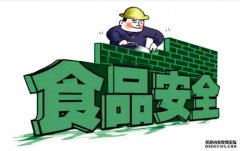 浙江启动食安科普达人计划资讯1
浙江启动食安科普达人计划资讯1 安徽淮南:加速数字化转型,赋能乡村振兴新篇章资讯2
安徽淮南:加速数字化转型,赋能乡村振兴新篇章资讯2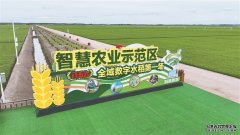 浙江嘉善:未来农场描绘现代农业的“数字化”图景资讯3
浙江嘉善:未来农场描绘现代农业的“数字化”图景资讯3- 资讯长三角地区辣椒种业高质量发展论坛在萧县盛大开幕
- 资讯苏州相城度假区(阳澄湖镇)强化服务监管 助力企业高质量发展
- 资讯安徽淮南:加速数字化转型,赋能乡村振兴新篇章
- 资讯安徽庐江: 村企携手“奔富” 共建美丽乡村
- 资讯象山“红美人”师傅跻身首批“浙农智富”品牌 引领宁波乡村振兴新篇章
- 资讯浙江嘉善:“一稻双虾”模式“钱”景好
- 资讯江苏苏州市相城区 巧用科技黑“膜”法 破解稻田除草难
- 资讯浙江萧山区“萧农菁英”乡土专家技能比武暨竞聘大赛圆满落幕,49名新一批乡土专家荣耀诞生
- 资讯浙江嘉善: 创新乡村绿色积分治理机制 激发群众参与乡村建设新活力
- 资讯江苏连云港:养殖区涉渔“三无”船舶无处遁形
- 资讯浙江嘉善:未来农场描绘现代农业的“数字化”图景
- 资讯浙江桐乡市高温晴热下,无人机成田间管理“新利器”,助力单季晚稻与杭白菊茁壮成长
